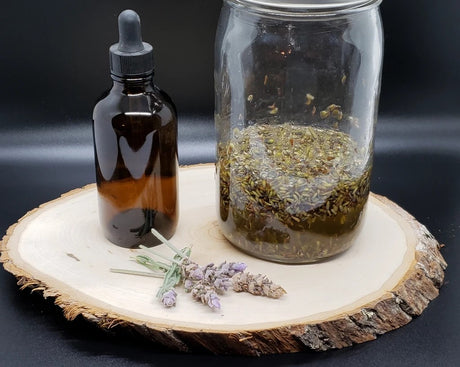
Lavender Infused Oil Recipe
The scent of lavender is delicate and calming. This is another once of my favorite herbs. It may be somewhat difficult to grow but this Lavender infused Oil recipe is...
Mary Smith |
Welcome to our store Learn more

The scent of lavender is delicate and calming. This is another once of my favorite herbs. It may be somewhat difficult to grow but this Lavender infused Oil recipe is...
Mary Smith |

I've shared previous "best of" articles from Mary's Heirloom Seeds such as Mary's Top 10 with Companions and Heat Tolerant Veggies. But how about homesteaders? Some of you, myself...
Mary Smith |
Over 1,000 varieties of Heirloom Seeds
Free Shipping on Qualifying orders of $20 or more
Planting guides to help you grow a successful garden